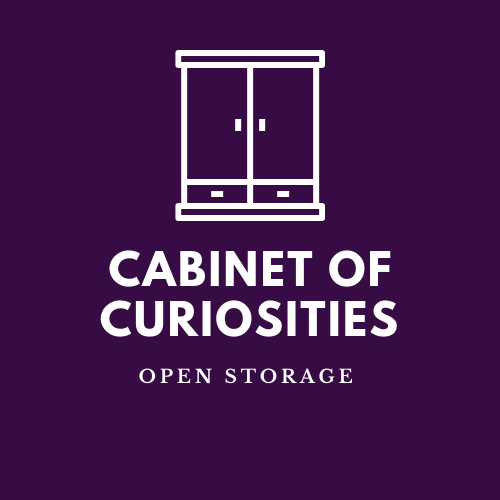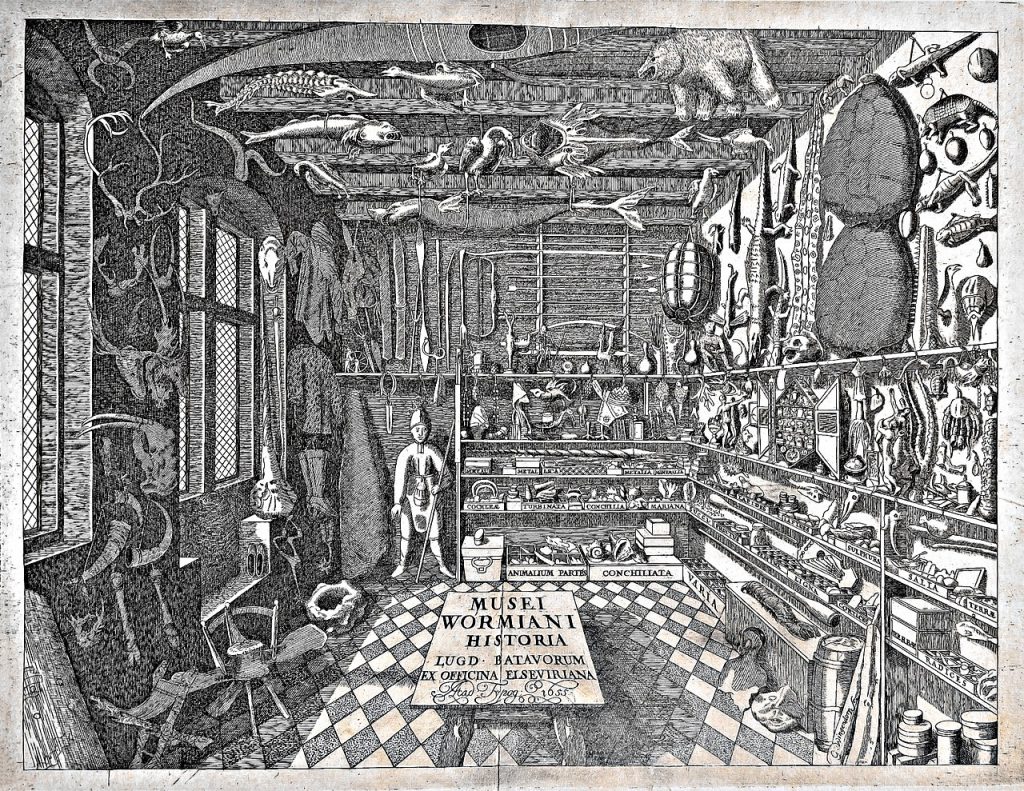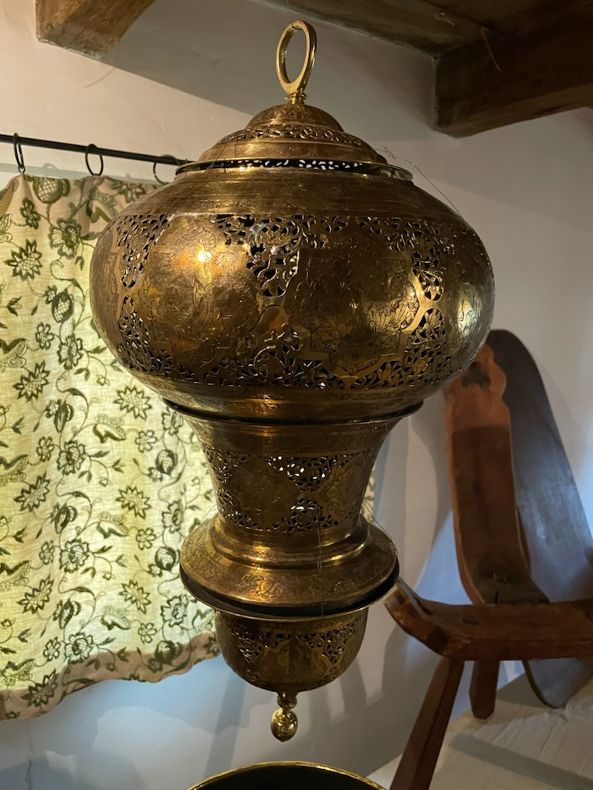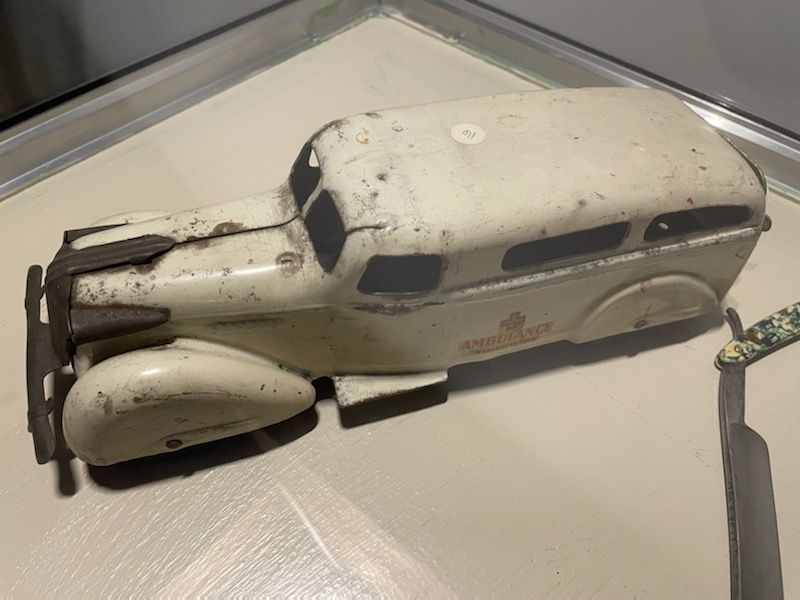
The Morgan Log House has just opened a Cabinet of Curiosities. In it, you can enjoy objects from our collection that are not normally on view in this open storage space as part of a regular tour.
Museums are homes of history. At the Morgan Log House, we tell about the past through three things: the building itself, what we know of the people who lived in it, and objects in our collection. Some objects, like an eighteenth-century writing desk or a collection of period redware, are always on display because they help tell the story of the house. Others, such as the diaries of William Leister, a local farmer, are on temporary display in short-term exhibits, such as this year’s A Day in the Life of a Farmer. Other objects are in the museum’s collection and are rarely seen by anyone outside of museum staff. Our Cabinet of Curiosities brings these unseen objects out into open storage and allows them to be seen and enjoyed.
This Log Blog provides some context for the Cabinet of Curiosities. It also provides some information about museums and the objects they hold. Think of it as peeling back the curtain on the world of museums, and us ushering you inside. Welcome to our Cabinet of Curiosities.

What is a Cabinet of Curiosities?
Cabinets of Curiosities existed for centuries and were once a way for the very wealthy to show their wealth and knowledge to their guests. Also known as Wunderkammern (rooms of wonder), Cabinets of Curiosities began popping up in Europe in the 15th century and were meant to be a collection of universal knowledge. Cabinet owners collected items from natural history, as well as man-made objects (which grew in number with Europe’s seizure of the Americas and the influx of materials from the “New World”), and strange specimens (like animals with multiple heads). Some cabinets, like Hans Sloane’s collection, became important museums such as the British Museum. For many, the Cabinet of Curiosities is seen as the precursor to the modern museum.
What does it mean when an Object is in a Museum’s Collection?
When an object enters a museum’s collection, it becomes an important part of history. One of the main jobs of museums, other than educating the public and providing a space to learn and come together, is to preserve objects and hold them in the public trust: meaning that the public entrusts museums with its past to preserve that past for the future.
When an object becomes part of a museum’s collection, it becomes the museum’s job and mission to keep those objects for the public, ensuring that they will be around for the next generation. This is one of the reasons that, when you visit a museum, you are not allowed to touch anything: this protects objects from the oils on your hands and helps ensure that they will be around for generations to come.

Why do Museums Have Objects that Aren’t On Display?
Any museum has objects in its collection that aren’t on display, and the Morgan Log House is no different. Some objects are directly connected to telling the story of the museum and the location it is in (museum professionals call this “interpretation”), some objects are part of the museum’s story, but only come out on rare occasions or for special events or exhibits. Others are almost permanently in storage. For many museums, the majority of the collection is in storage.
This is a normal part of any museum.

What is Open Storage?
Open storage is something that many museums are trying in recent years. Open storage allows museum visitors to experience objects in museum collections outside of a usual exhibit. Open storage spaces typically do not contextualize or give additional information about the objects: it just allows viewers to see them rather than having them stored away.
The Morgan Log House’s Cabinet of Curiosities is an example of open storage and is part of our continued goal to talk about the complete history of this site.
Why is it so dark in your Cabinet of Curiosities?
We have chosen to illuminate our Cabinet of Curiosities with LED lights and to keep the windows closed. This is because light, especially ultraviolet light, is dangerous to the preservation of materials such as textiles and printed documents: which make up part of the Cabinet. Think of the closed windows and darker space as us protecting these objects for generations to come!
